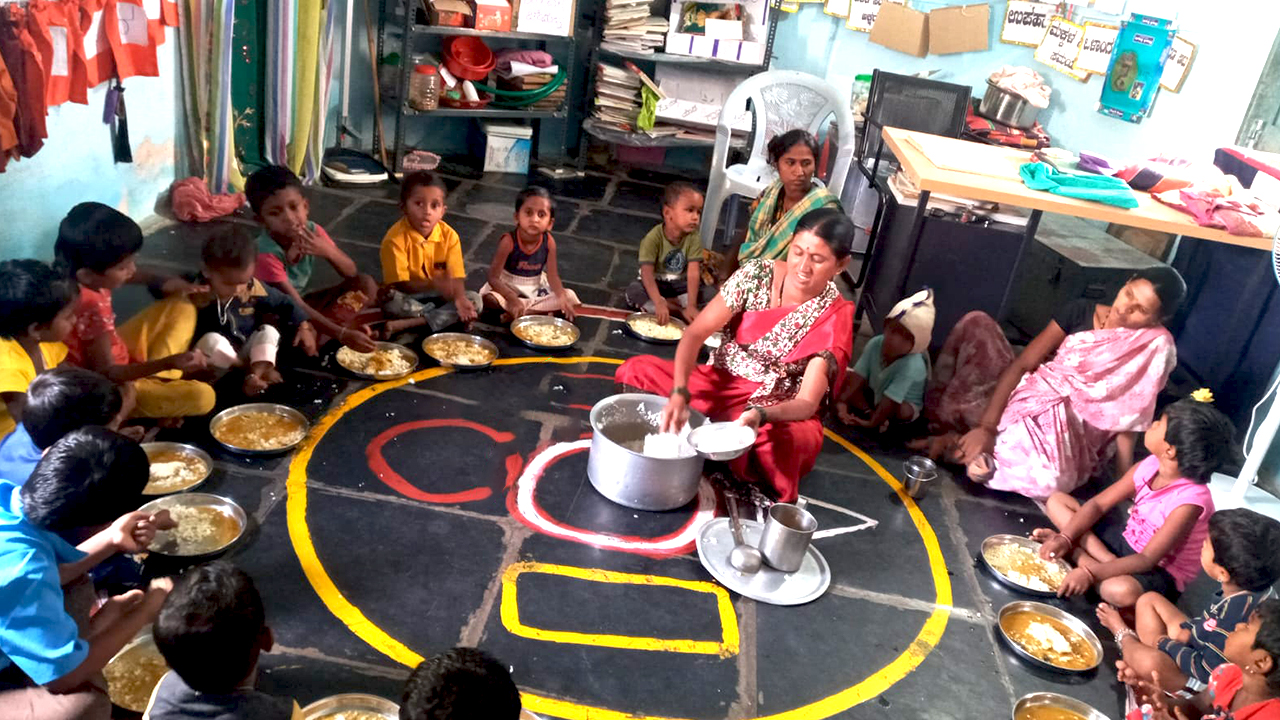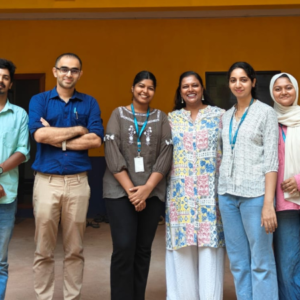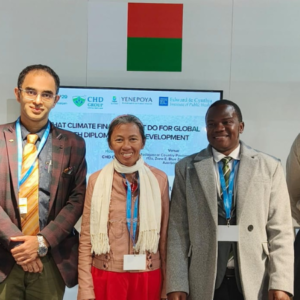Malnutrition encompasses a state characterized by insufficient ingestion of vital nutrients essential for optimal health, growth, and development within an individual’s diet. This condition can arise from inadequate intake of crucial nutrients, impaired absorption mechanisms, or excessive excretion leading to nutrient loss from the body.
Two primary categories of malnutrition exist: under nutrition and over nutrition. Under nutrition denotes an insufficiency of essential nutrients, manifesting as stunted growth, compromised immune function, and heightened vulnerability to infections. Conversely, over nutrition entails an excessive intake of nutrients, culminating in obesity, diabetes, and associated health complications.
Malnutrition poses a substantial global public health challenge, impacting numerous individuals, particularly in developing nations. Its ramifications extend beyond individuals to encompass communities and even entire nations, resulting in escalated healthcare expenditures, reduced productivity, and diminished economic advancement. Addressing malnutrition necessitates interventions that involve providing a well-balanced and sufficient diet, alongside suitable medical attention to tackle underlying contributing factors. Poverty, food insecurity, and various social and economic elements frequently intertwine with malnutrition, establishing strong associations.
Childhood malnutrition emerges as a prominent concern on a global scale, particularly concerning children under the age of 5; with a staggering estimated 149 million children under the age of 5 experiencing stunted growth and 50 million children in the same age group suffering from wasting. The repercussions of malnutrition in this age group encompass profound implications for both immediate and long-term health outcomes and developmental trajectories. Furthermore, vast populations of approximately 2 billion individuals worldwide grapple with deficiencies in essential micronutrients, including vitamin A, iron, and zinc.
Stunted growth: Malnutrition can induce stunted growth, characterized by a diminished stature compared to the expected height for a child’s age. This condition can result in physical and cognitive impairments, adversely impacting children’s learning capacity and overall developmental progress.
Wasting: Severe malnutrition can give rise to wasting, a condition where children experience weight loss and become excessively thin. Wasting weakens the immune system, rendering children more susceptible to infections and illnesses.
Cognitive and developmental delays: Malnutrition can profoundly impact the cognitive and developmental capacities of children, resulting in learning delays, impaired memory, and diminished problem-solving skills.
Poor immune system: Children who are malnourished experience a compromised immune system, rendering them more vulnerable to infections, illnesses, and various other health complications.
Increased mortality: Malnutrition significantly heightens the risk of mortality, particularly among children, with severe acute malnutrition carrying a particularly elevated threat of death.
Long term effects: Childhood malnutrition can engender enduring consequences, encompassing diminished cognitive abilities, decreased productivity, and an elevated likelihood of chronic diseases in adulthood.
Behavioral issues: Malnourished children may manifest behavioral issues, such as heightened irritability, anxiety, and depression.
Childhood malnutrition continues to be a pressing issue in India, impacting a significant number of children across the country.
Various forms of malnutrition, including stunting, wasting, underweight, and micronutrient deficiencies, pose significant challenges to the health and development of children in India.
Stunting: According to the National Family Health Survey (NFHS)-5 (2019-20), 34.7% of children under the age of 5 in India are stunted, meaning they are too short for their age due to chronic malnutrition.
Wasting: According to NFHS-5 (2019-20), 17.3% of children under the age of 5 in India are wasted, meaning they have a low weight-for-height ratio, indicating acute malnutrition.
Underweight: According to NFHS-5 (2019-20), 33.4% of children under the age of 5 in India are underweight, meaning they have a low weight-for-age ratio, indicating chronic or acute malnutrition.
Anemia: According to the NFHS-5 (2019-20), 59.7% of children between 6-59 months of age in India are anemic, which can be caused by iron deficiency, an essential nutrient for growth and development.
Malnutrition among children in India is prevalent and attributed to a complex interplay of factors. These include poverty, inadequate access to clean water and sanitation, limited healthcare availability, insufficient dietary intake, and suboptimal feeding practices. Collectively, these factors contribute to the high rates of malnutrition observed among children in India.
Poverty: Poverty stands as a primary catalyst for child malnutrition in India, exerting profound effects on multiple fronts. Impoverished families frequently face financial constraints that hinder their ability to afford nutritious foods, leading them to rely on more economical but less nutritious alternatives. Moreover, poverty restricts access to crucial resources like healthcare, clean water, and proper sanitation, further exacerbating the prevalence of malnutrition among children in India.
Inadequate diet: A significant number of children in India encounter challenges in accessing a diverse and nutrient-rich diet. Their dietary patterns often skew towards high carbohydrate consumption while lacking sufficient protein, essential vitamins, and minerals. This imbalance in nutrient intake contributes to the prevalence of malnutrition among children in the country.
Poor feeding practices: Malnutrition among children can be attributed to poor feeding practices, which encompass various factors such as premature weaning, insufficient exclusive breastfeeding, and inadequate complementary feeding. These suboptimal practices have been identified as contributing factors to the occurrence of malnutrition among children.
Inadequate sanitation and poor hygiene: Inadequate sanitation and poor hygiene practices can contribute to the dissemination of infectious diseases, thereby exacerbating the prevalence of malnutrition. The transmission of these infections further compromises the nutritional status of individuals, particularly children, and perpetuates the cycle of malnutrition.
Limited access to healthcare: Limited access to healthcare, especially in rural areas, presents a significant challenge in identifying and treating malnutrition and other health issues among children. The lack of healthcare facilities and qualified personnel can hinder timely diagnosis, intervention, and appropriate management of malnutrition, perpetuating the problem and compromising the well-being of affected children.
Gender inequality: Girls are more likely to be malnourished than boys in India due to gender-based discrimination in food allocation and access to healthcare.
The Indian government has implemented several programs to combat malnutrition among children, including:
Integrated Child Development Services (ICDS): This program provides a package of services, including supplementary nutrition, immunization, health check-ups, and pre-school education to children under the age of 6 and pregnant and lactating mothers.
National Health Mission (NHM): This program aims to improve access to quality healthcare services, including maternal and child health services, in rural and remote areas.
Mid-Day Meal Scheme: This program provides free school meals to children in government schools to encourage regular school attendance and improve their nutritional status.
National Food Security Act (NFSA): This act aims to provide subsidized food grains to a majority of the population, including children, to ensure access to adequate food.
To effectively combat malnutrition in India, a comprehensive approach is imperative; encompassing various aspects that target the underlying causes and implements effective interventions to improve the nutritional status of vulnerable populations. The following strategies are pivotal in this endeavor:
• Promoting breastfeeding: Emphasizing exclusive breastfeeding for the first six months and sustained breastfeeding up to two years enhances the nutritional well-being of infants and young children.
• Enhancing dietary diversity: Encouraging a balanced and diverse diet incorporating fruits, vegetables, whole grains, legumes, nuts, and animal-source foods helps address nutrient deficiencies.
• Ensuring food security: Facilitating affordable access to nutritious food, bolstered by policies like the National Food Security Act and augmenting agricultural productivity contribute to improved food security.
• Strengthening healthcare systems: Enhancing the quality and accessibility of healthcare services, particularly those catering to maternal and child health, plays a pivotal role in preventing and treating malnutrition.
• Addressing sanitation and hygiene: Improving access to safe drinking water, sanitation facilities, and promoting proper hygiene practices mitigate the incidence of diarrheal diseases and other infections associated with malnutrition.
• Empowering women and girls: Tackling gender inequality and promoting women’s empowerment positively impact the nutritional status of women, girls, and their children.
• Increasing public awareness: Raising awareness about the importance of proper nutrition and the risks of malnutrition fosters behavioral changes and encourages healthier lifestyles.
Implementing these strategies necessitates collaborative efforts involving the government, civil society, and the private sector. Additionally, addressing the social and economic determinants of malnutrition, notably poverty, emerges as a crucial element in effectively combating this challenge.
About the Author: Ayisha Shamna is pursuing Masters of Public Health (MPH)
Disclaimer: Views expressed are the author’s own. Edward & Cynthia Institute of Public Health or Yenepoya (Deemed to be University) are not responsible for contents or opinions reflected in this article.




